Orthopaedic shoe-making: The bridge between architecture and podiatry
John Goodall meets Bill Bird, who, having studied architecture at the Bartlett, now makes orthopaedic shoes.
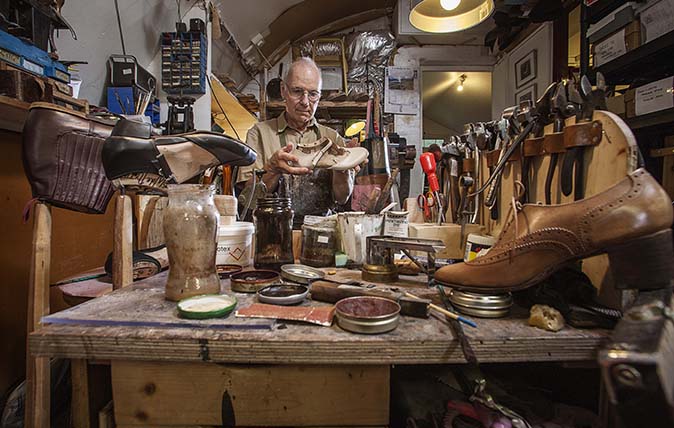

Bill Bird was born with a mild foot deformity, which, he explains, drew him into orthopaedic shoe-making. ‘Shoes can make a huge difference and I aim to make ones that not only work, but also look beautiful,’ he says.
In 1979, having studied architecture at the Bartlett, Mr Bird became an apprentice at John Lobb Ltd of St James’s Street, SW1, bootmakers by Royal Appointment. The same year, he also started to study biomechanics and podiatry.
‘I quickly realised that podiatrists knew what to do in a medical sense, but didn’t know how to do it and that shoe-makers were uncertain as to what was needed, so I decided to bridge the disciplines,’ he says.
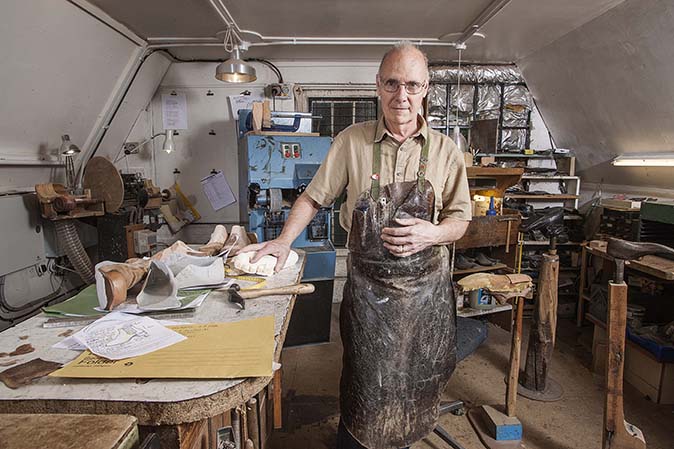
Mr Bird set up his company in 1987 and, today, the five-strong workshop produces about five pairs of shoes a week, from dance shoes to fell boots. The lasts he uses – the wooden blocks that the shoes are made around – are made in the traditional way using a ‘draft’: by tracing around the foot with the pencil held vertically, an outline of the instep taken with the pencil at 45° and a series of measurements.
‘By palpating the foot, we find, then measure, the circumference of six specific structures, thereby getting a deep, felt sense of the foot’s shape and how it works,’ he adds.
He used to carve the lasts from German beech wood, but now opts for local timber such as holly, ash and hornbeam.
No less important is the prescription: ‘There are many different technical decisions to be taken. We might take foot impressions, photographs or digital measurements. An inkpad can also reveal where pressure is being exerted.’
Sign up for the Country Life Newsletter
Exquisite houses, the beauty of Nature, and how to get the most from your life, straight to your inbox.
Mr Bird reflects that his aim is to make his workshop run without him: ‘I’m 67 and I need to make myself redundant. If something happens to me, this must carry on.’
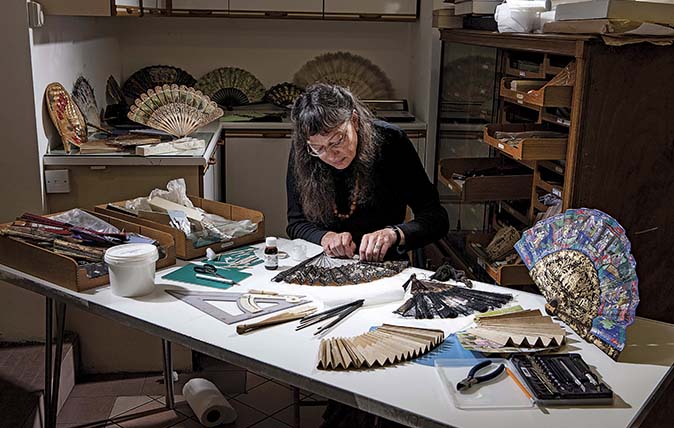
The fan maker: ‘If you can fold a piece of paper, you can do it’
Caroline Allington is one of three people in the UK known for the heritage craft of fan-making. She explains to
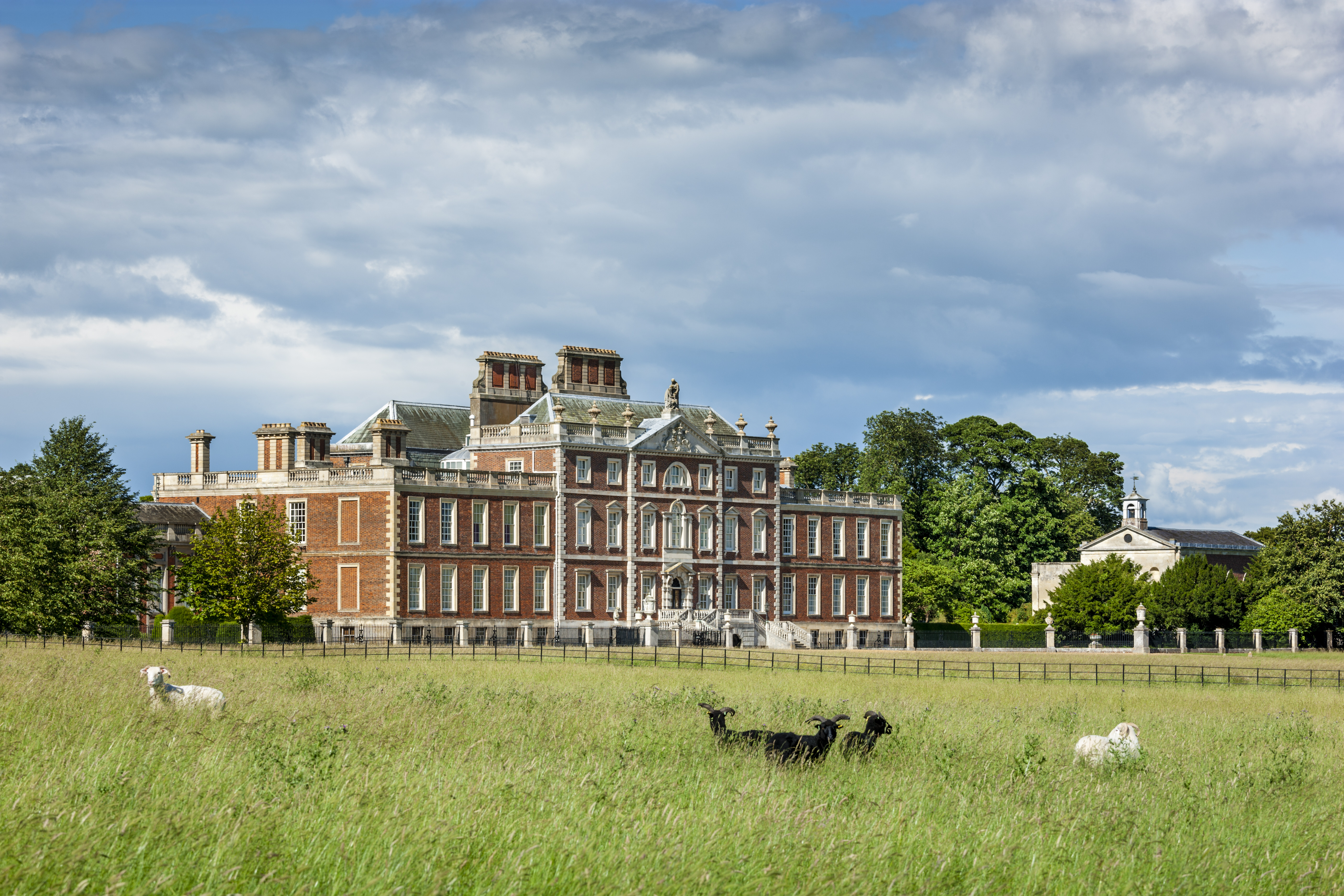
Humphry Repton: How the legendary gardener embodied the spirit of his age
The leading garden-maker at the turn of the 19th century, Humphry Repton (1752–1818) was a man of feeling, as well
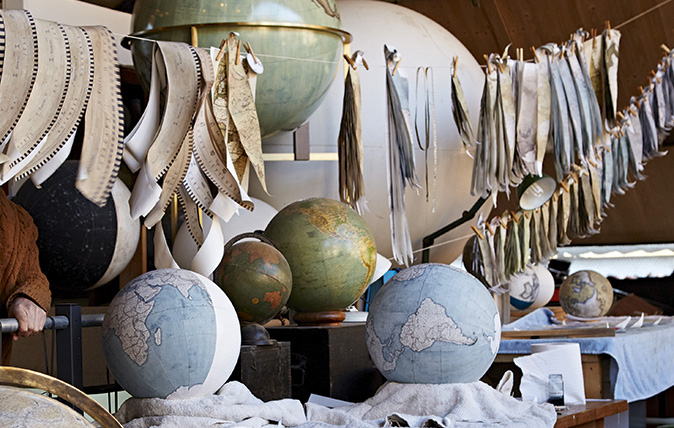
On top of the world: The painstaking, intricate art of globe-making
After years as little-used antiques hidden in dusty libraries, Bellerby & Co is putting handcrafted globes back on the map.

John spent his childhood in Kenya, Germany, India and Yorkshire before joining Country Life in 2007, via the University of Durham. Known for his irrepressible love of castles and the Frozen soundtrack, and a laugh that lights up the lives of those around him, John also moonlights as a walking encyclopedia and is the author of several books.
-
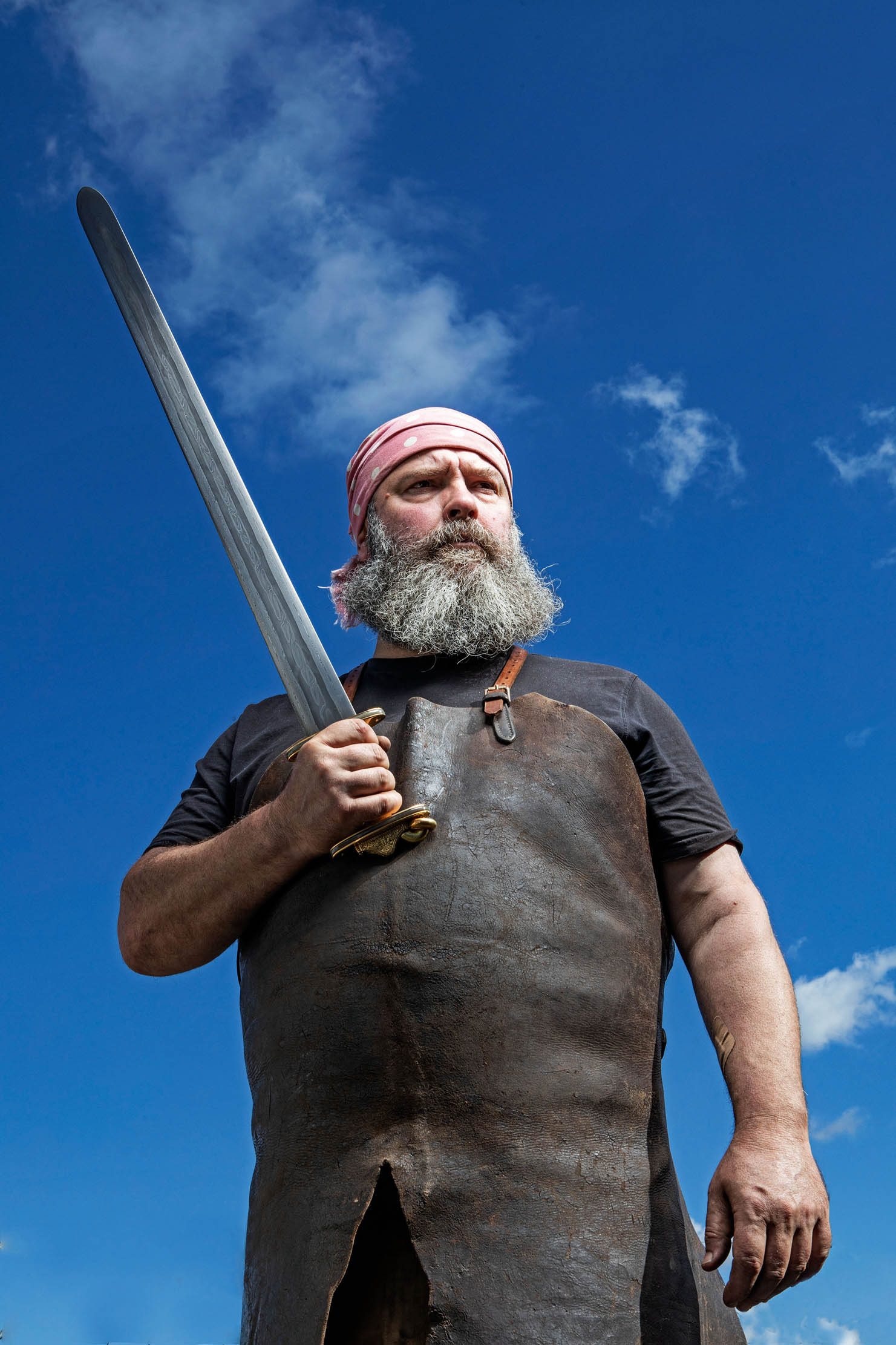 The 21st century sword maker: 'There’s something appealing about getting metal hot and smacking it with a hammer'
The 21st century sword maker: 'There’s something appealing about getting metal hot and smacking it with a hammer'Practising ancient techniques to craft modern heirlooms, bladesmith Owen Bush handmakes both decorative and practical knives or weaponry, each with their own personalities, says Claire Jackson — with some of his swords celebrities in their own right. Photographs by Richard Cannon for Country Life.
By Claire Jackson
-
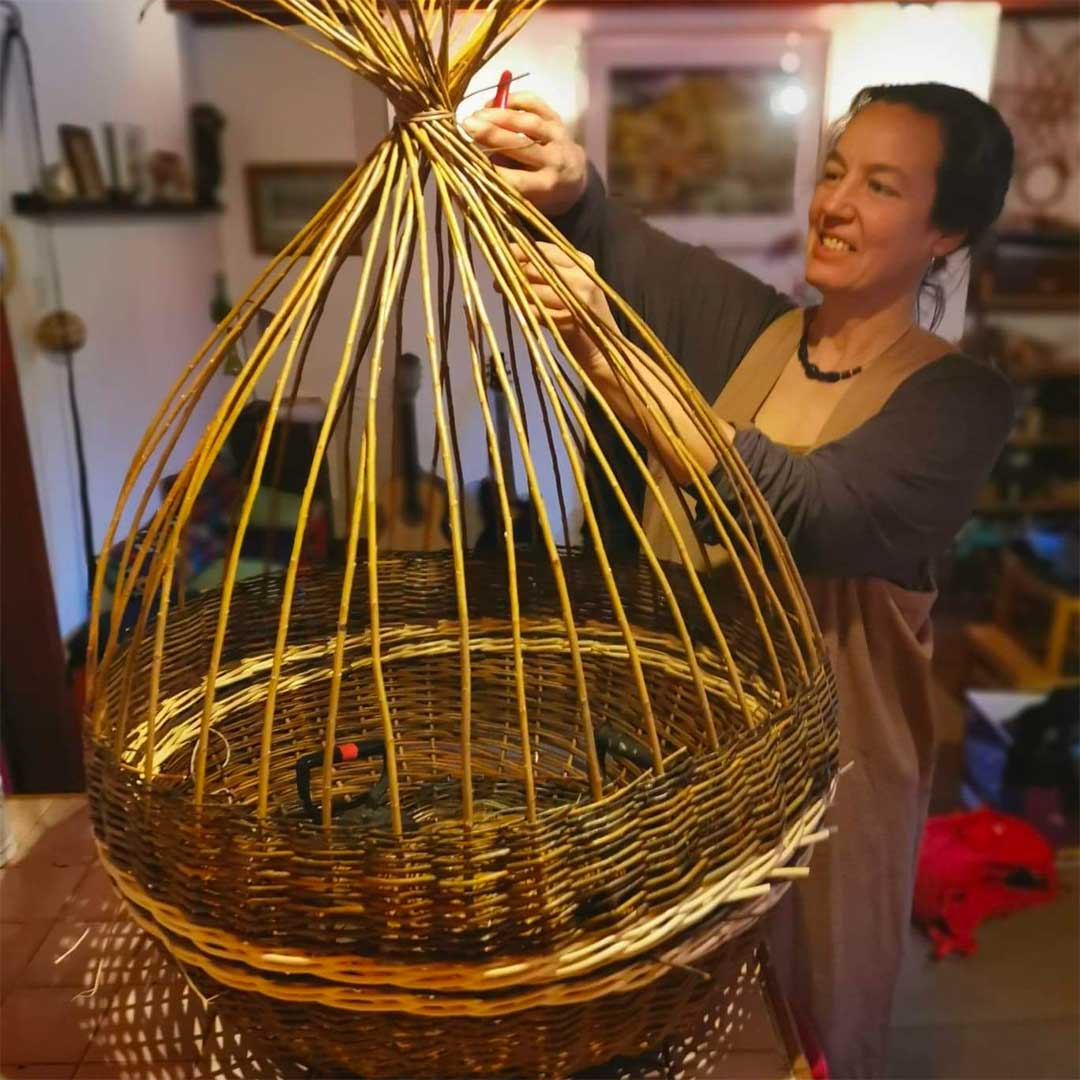 The secrets of the basket-maker: 'With a basket, you watch it grow before your very eyes'
The secrets of the basket-maker: 'With a basket, you watch it grow before your very eyes'Anna Stickland has woven a new career as a basket-maker; she spoke to Nick Hammond.
By Country Life
-
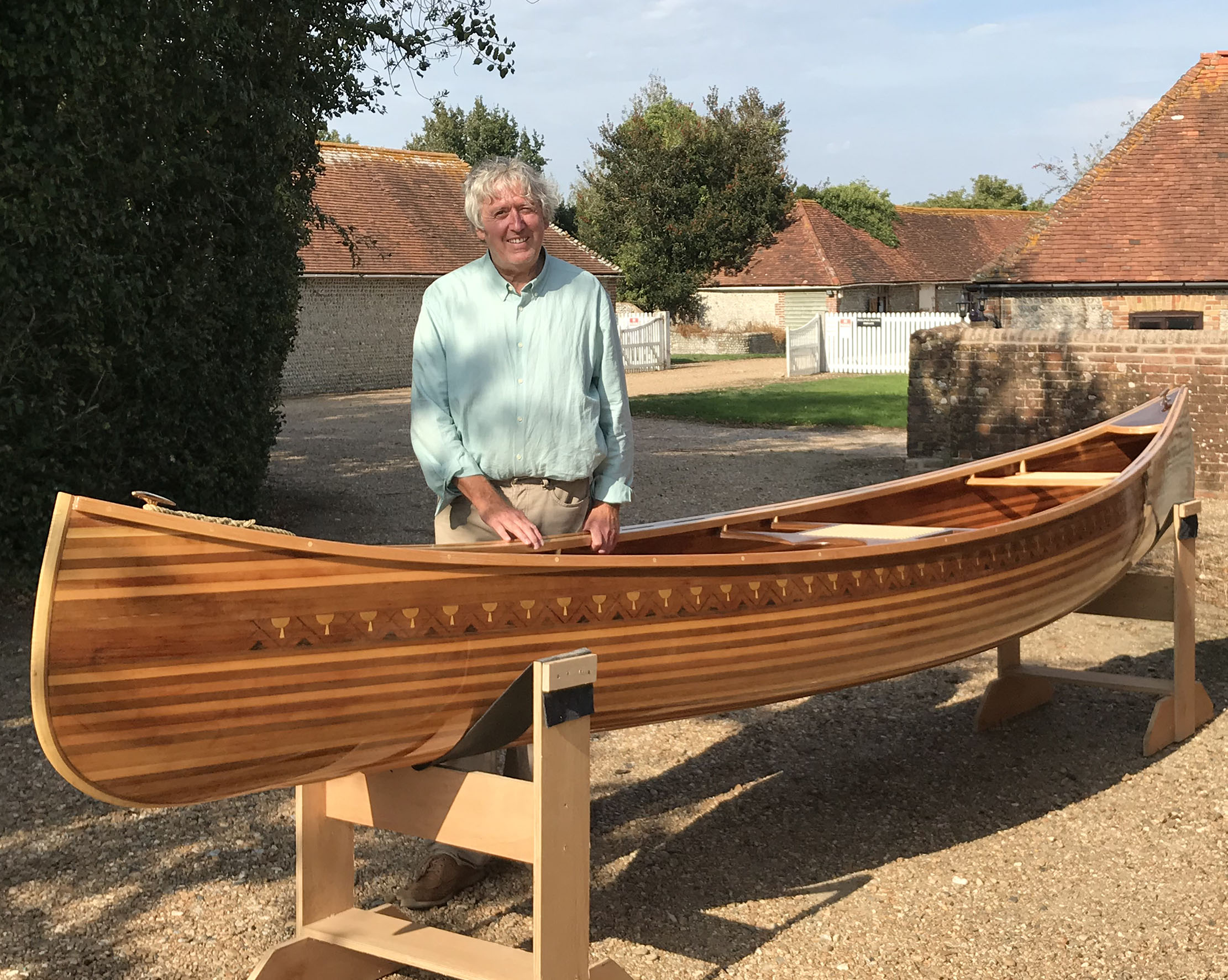 Where I Work: Huw Edwards-Jones, master craftsman and canoe maker
Where I Work: Huw Edwards-Jones, master craftsman and canoe makerThe ups and downs of 2020 didn't see Huw Edwards-Jones change where he worked, but it did change what he did: he's used the time to switch from creating beautiful hand-made furniture to spectacularly beautiful canoes. He spoke to Toby Keel.
By Toby Keel
-
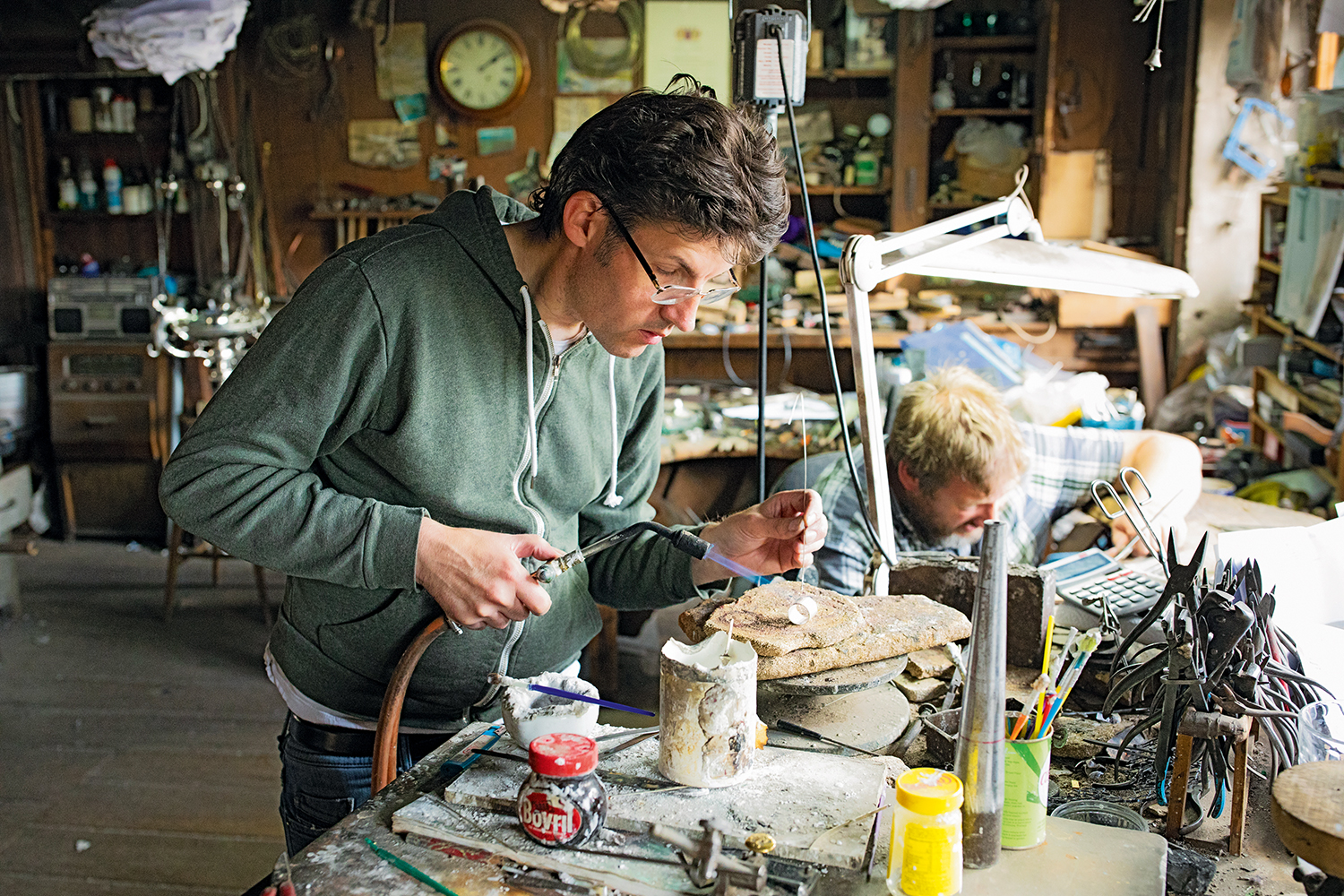 In Focus — The Cotswolds silversmith: 'We make beautiful works of art to last for hundreds of years'
In Focus — The Cotswolds silversmith: 'We make beautiful works of art to last for hundreds of years'Tucked away in an old Cotswolds silk mill, expert craftsmen harness a century of expertise to raise, planish and finish fine gold and silverware. Jeremy Flint visits Hart’s of Chipping Campden.
By Country Life
-
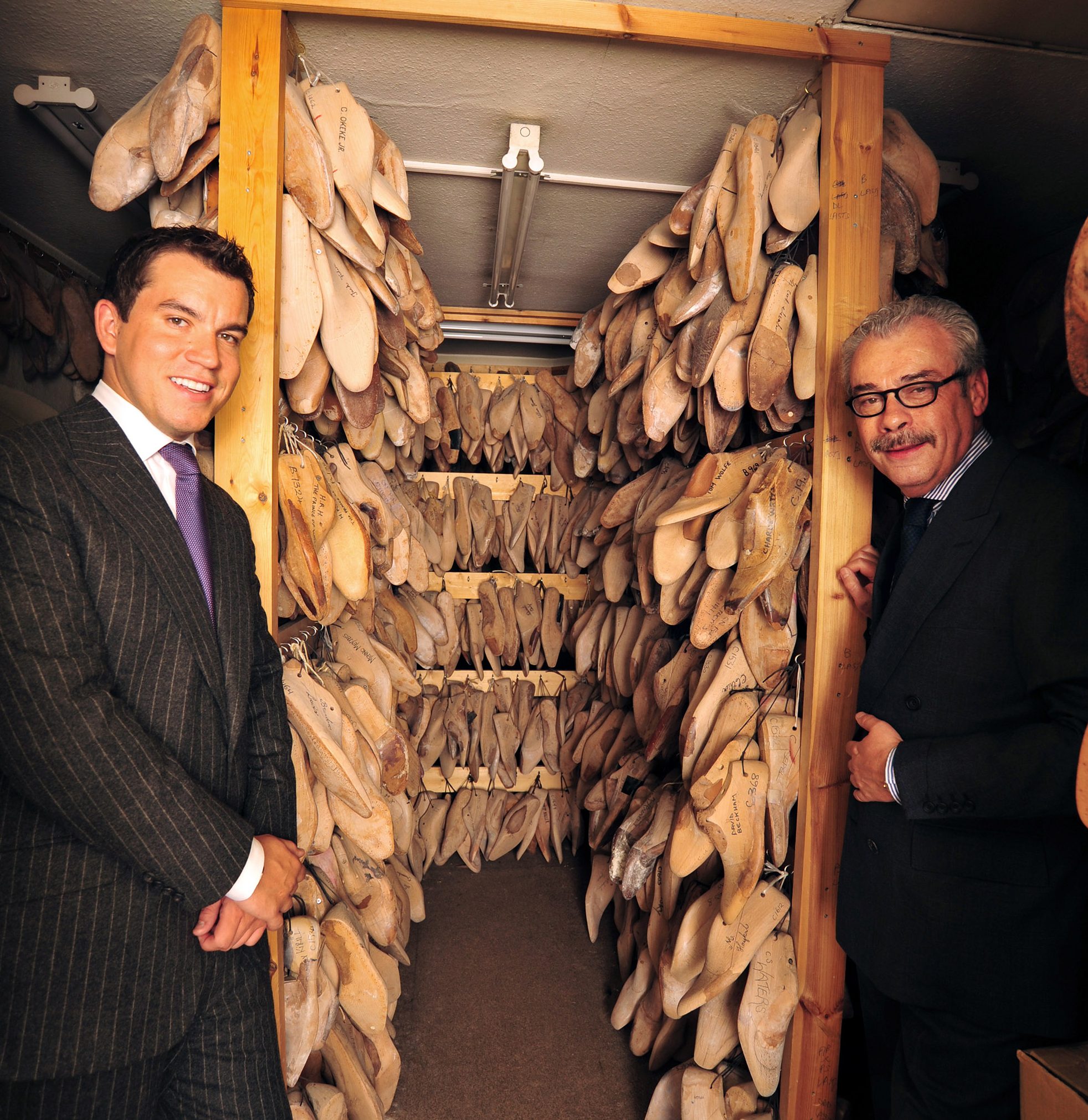 The master shoemakers who shod Churchill: 'Demand is through the roof, but it takes six to eight months to make a pair'
The master shoemakers who shod Churchill: 'Demand is through the roof, but it takes six to eight months to make a pair'The co-owners of bespoke shoe shop George Cleverley, father and son George Glasgow Snr and George Glasgow Jnr, talk to Hetty Lintell.
By Hetty Lintell
-
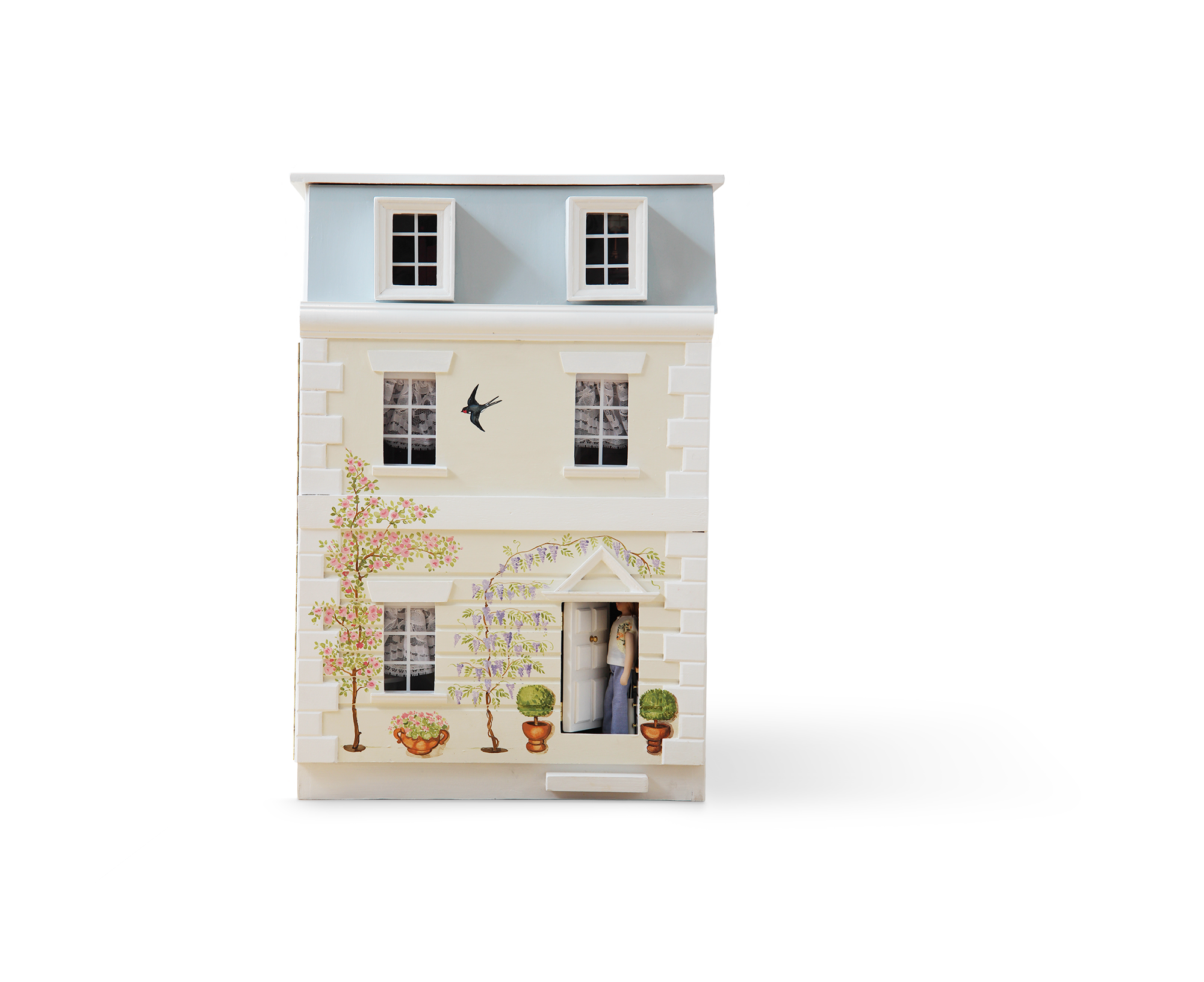 The dolls' house-maker: 'This is a place to capture the dreams of children and adults alike'
The dolls' house-maker: 'This is a place to capture the dreams of children and adults alike'Dragons of Walton Street have been making beautiful dolls' houses for four decades, and the company is still run by Lucinda Croft, the daughter of the founder. She spoke to Hetty Lintell.
By Hetty Lintell
-
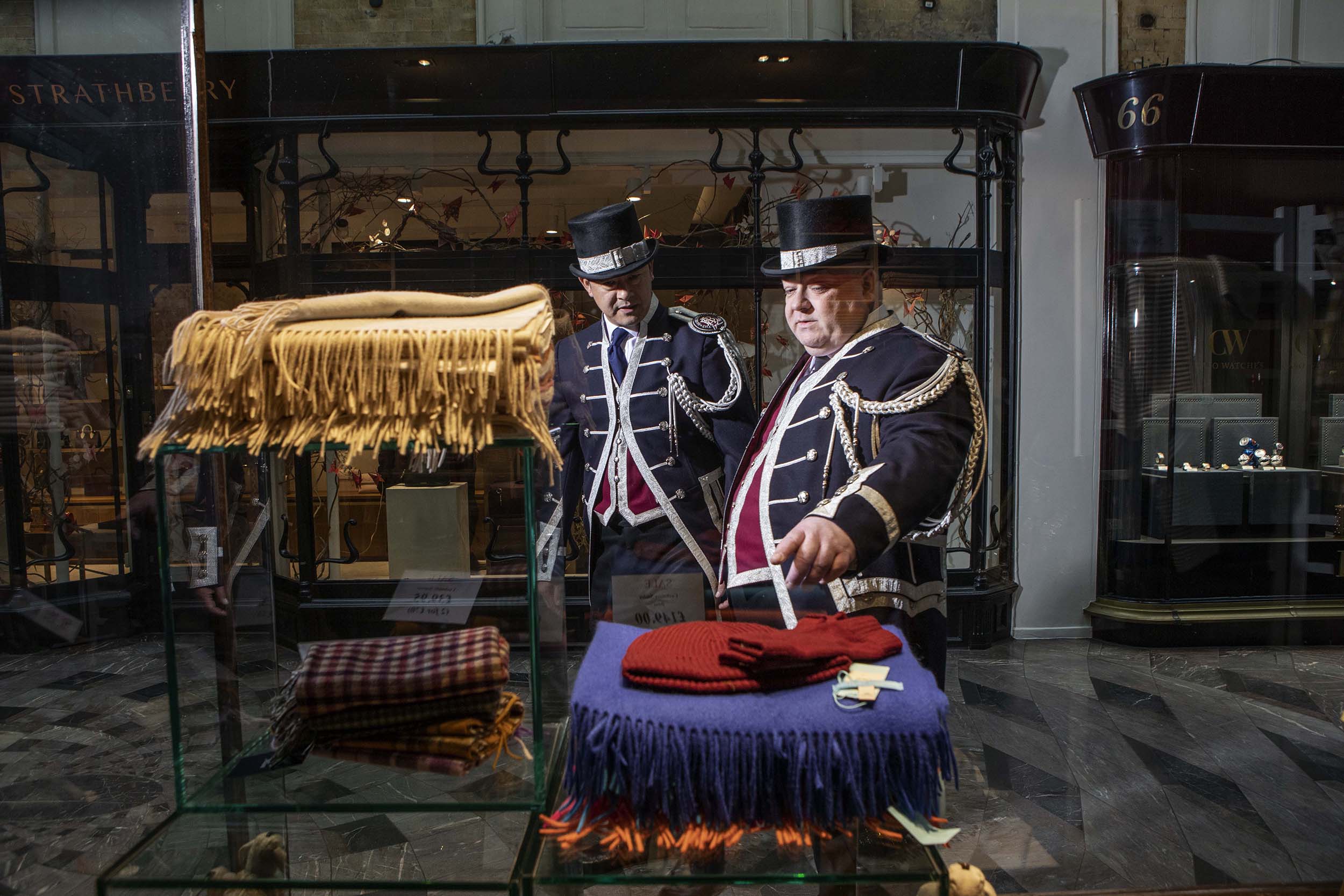 Meet the Beadles: The centuries-old private police force at Burlington Arcade, the world's swishest shopping mall
Meet the Beadles: The centuries-old private police force at Burlington Arcade, the world's swishest shopping mallThis week marked the 200th birthday of London’s Burlington Arcade. Adam Hay-Nicholls goes undercover with the Beadles, its private police force. With photographs by Richard Cannon.
By Country Life
-
 The bagpipe-maker: 'The older customers want me to make their pipes sharpish; they want to be sure they’re not dead before they get to play them!'
The bagpipe-maker: 'The older customers want me to make their pipes sharpish; they want to be sure they’re not dead before they get to play them!'Hours of intricate work are needed to craft a set of bagpipes. Kate Lovell spoke to bagpipe-maker Dave Shaw to find out how it's done.
By Country Life

